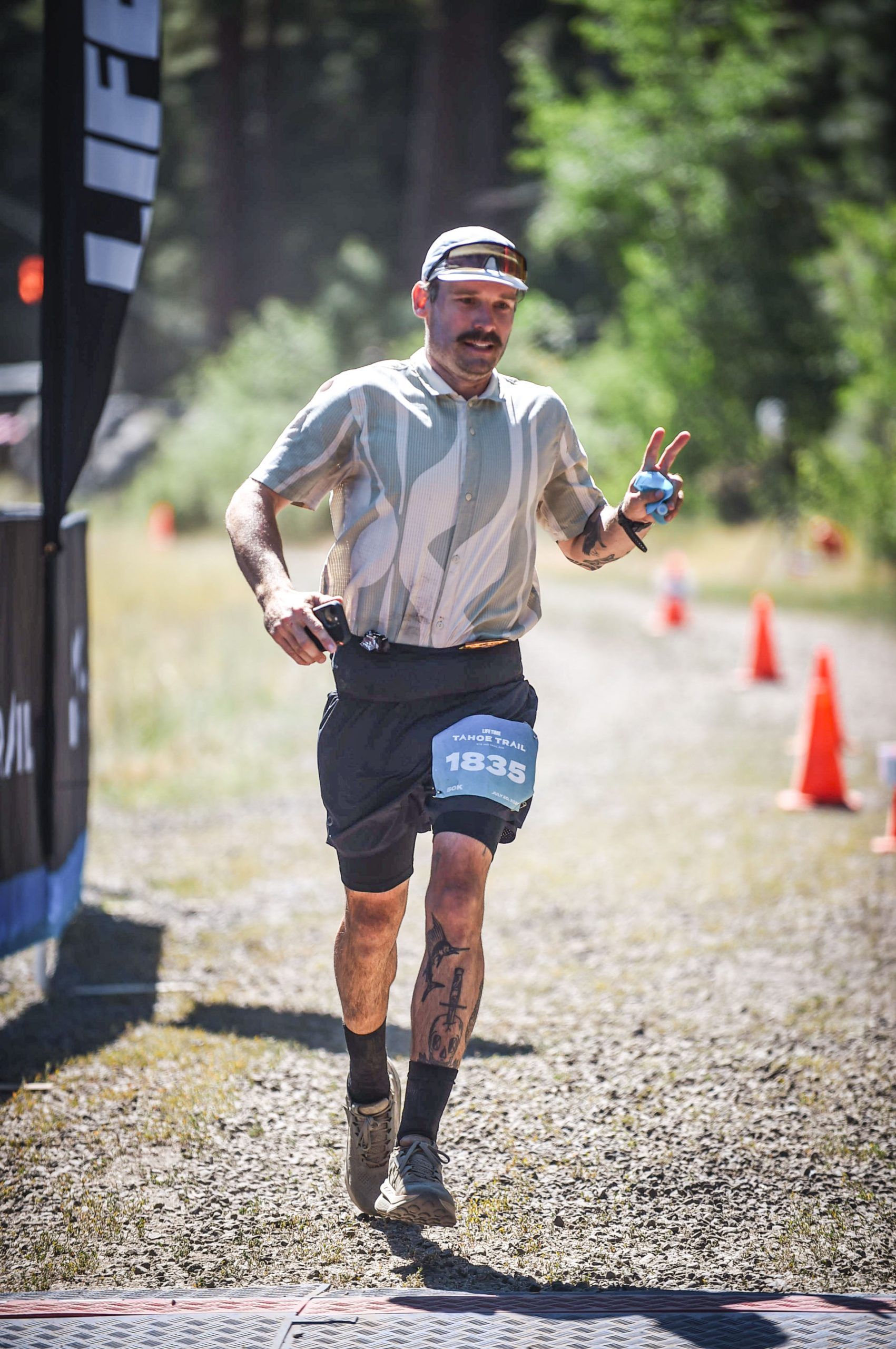Running is a versatile sport enjoyed by millions around the world, and it can be pursued in various environments, each offering unique challenges and rewards. Two popular forms of running are mountain running and road running, each with its distinct characteristics, training requirements, and experiences. Let’s look at the differences between mountain running and road running.
Terrain and Environment

Mountain Running:
Mountain running takes place on natural trails, often in rugged, remote areas. The terrain is diverse, featuring steep ascents, technical descents, rocky paths, loose gravel, and sometimes even snow or mud.
The environment is typically more isolated, offering breathtaking views and a closer connection to nature. The elevation gain and loss in mountain running add an extra layer of difficulty, requiring runners to adapt to constantly changing conditions.
Road Running:
Road running occurs on paved surfaces like streets, sidewalks, and paths. The terrain is generally flat or gently rolling, with fewer obstacles compared to mountain trails. Road running routes are often more accessible, making it easier to find a suitable course near urban or suburban areas.
The environment is more predictable, with fewer surprises in terms of footing and elevation changes.
Physical Demands
Mountain Running:
Mountain running is physically demanding due to the varied terrain and elevation changes. It requires a combination of strength, endurance, and agility. The steep climbs engage the lower body muscles, particularly the quadriceps, hamstrings, and glutes, while the technical descents challenge balance and coordination.
Runners must also be prepared for the cardiovascular demands of running at higher altitudes, where the air is thinner and oxygen levels are lower.
Road Running:
Road running primarily focuses on endurance and speed. The consistent, even surface allows runners to maintain a steady pace, making it easier to track performance metrics like pace and distance. While road running does engage the lower body muscles, the demands on strength and agility are less intense compared to mountain running.
The cardiovascular demands are also more predictable, as altitude changes are minimal.
Training Requirements
Mountain Running:
Training for mountain running involves a mix of endurance, strength, and technical skills. Key components of a mountain running training plan include:
- Hill Repeats: Running up and down hills to build strength and improve climbing and descending techniques.
- Long Runs: Incorporating long runs with significant elevation gain to build stamina and adapt to the demands of the terrain.
- Strength Training: Focusing on exercises that strengthen the legs, core, and stabilizing muscles to handle the uneven terrain.
- Technical Skills: Practicing on varied terrain to improve agility and confidence.
Road Running:
Training for road running emphasizes endurance and speed. Key components of a road running training plan include:
- Tempo Runs: Running at a challenging but sustainable pace to improve lactate threshold and overall speed.
- Long Runs: Building endurance with long, steady-state runs on flat or gently rolling terrain.
- Interval Training: Incorporating high-intensity intervals to boost cardiovascular fitness and increase speed.
- Strength Training: Including exercises to strengthen the legs and core, though the focus is less intense compared to mountain running.
Mental Demands
Mountain Running:
Mountain running requires mental resilience due to the unpredictable nature of the terrain and environment. Runners must stay focused and adaptable when dealing with obstacles like rocks, roots, and sudden weather changes. The isolation of mountain trails can also be mentally challenging, requiring runners to stay motivated and self-reliant.
Road Running:
Road running demands mental toughness, particularly for maintaining pace and pushing through physical discomfort during long runs or races. The repetitive nature of road running can be mentally taxing, requiring strategies to stay engaged and focused. However, the predictability of the terrain can also provide a mental advantage, allowing runners to set clear goals and track progress.
Gear and Equipment
Mountain Running:
Mountain running requires specialized gear to handle the rugged terrain and changing conditions. Key items include:
- Trail Running Shoes: Designed with aggressive tread patterns for better grip and stability on uneven surfaces.
- Hydration Packs: Essential for carrying water and nutrition during long runs in remote areas.
- Weather-Appropriate Clothing: Lightweight, breathable layers and waterproof jackets to adapt to changing weather conditions.
Road Running:
Road running gear is generally simpler and more focused on comfort and performance. Key items include:
- Running Shoes: Designed for cushioning and support on paved surfaces.
- Hydration Belts or Handheld Bottles: For carrying water during long runs.
- Lightweight Clothing: Moisture-wicking fabrics to keep runners cool and dry.
Community and Events
Mountain Running:
Mountain running events often have a smaller, close-knit community feel. Races range from shorter trail runs to ultramarathons, with a focus on camaraderie and shared experiences. The remote locations and challenging courses create a sense of adventure and exploration.
Road Running:
Road running events are typically larger and more accessible, with a wide range of distances from 5Ks to marathons. The atmosphere is often more competitive, with a focus on personal bests and achieving specific time goals. The accessibility of road races makes them popular for runners of all levels.
Mountain running vs. road running: each offer unique challenges and rewards. Mountain running provides a rugged, adventurous experience, demanding strength, agility, and mental resilience. Road running offers a more predictable, performance-focused environment, emphasizing endurance and speed.
Whether you’re drawn to the thrill of the trails or the precision of the pavement, both forms of running require the right training. Choosing a good running coach can help ensure you are ready for any race you plan to compete in.





